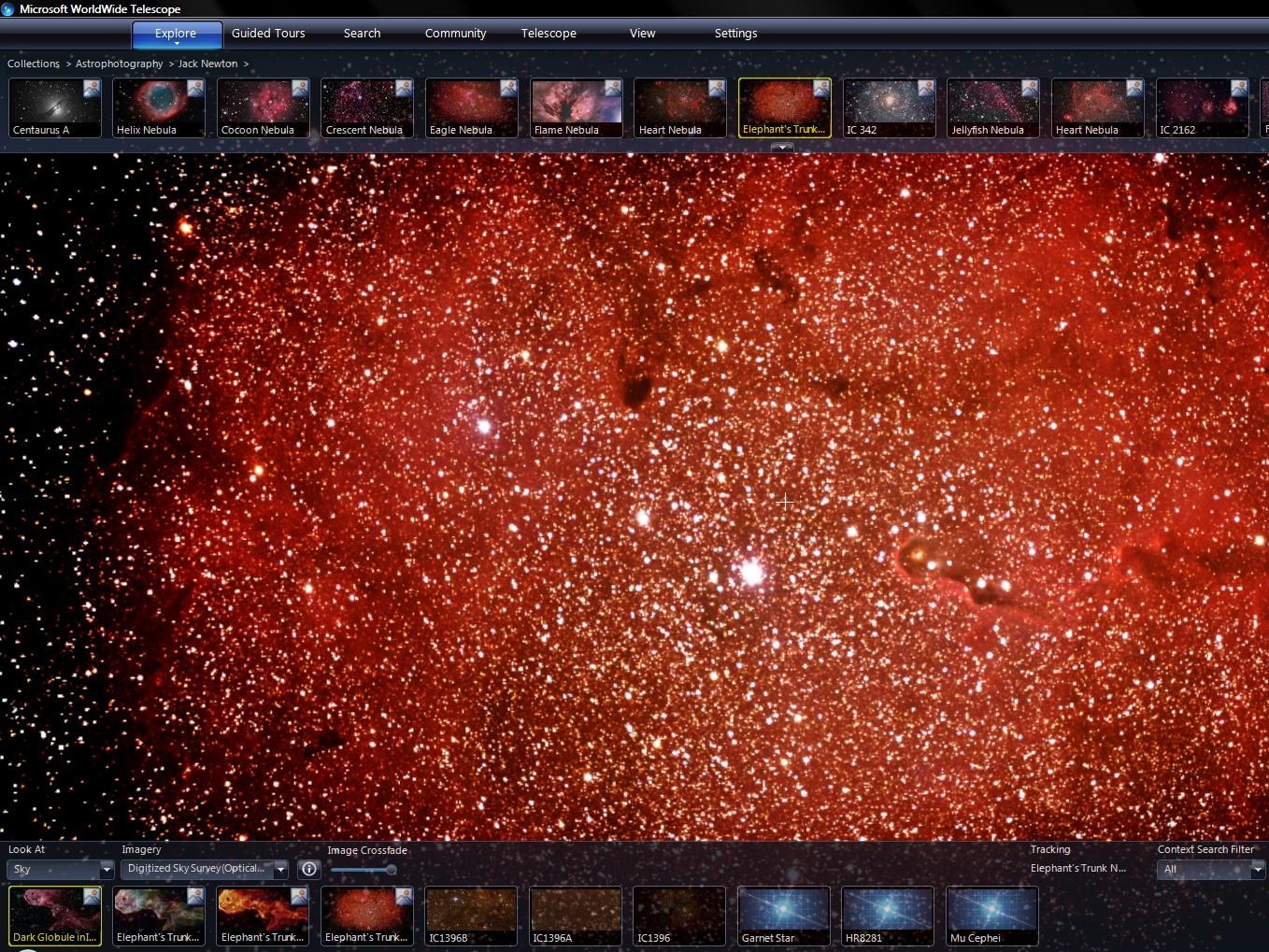7 mind-blowing projects from Microsoft Research
Who said Microsoft never invents anything cool?

Everyone knows Microsoft never invents anything. Everything is bought in, copied from Apple or built by the PC manufacturer. Right?
Not so, according to Rick Rashid, who's been running Microsoft Research for 17 years. He coined the term NUMA - non-uniform memory access for handling cache in multi-processor systems - and popularised the idea of a micro-kernel OS.
Rashid also started the DirectX team and the Windows Media team. Oh, and about 20 years ago when he was at Carnegie Mellon University he wrote the Mach operating system that Apple uses as the basis of Mac OS and the iPhone.
"If you asked me if I thought the code I wrote was going to be running on a cell phone, my reaction would have been "what's a cell phone?", he joked at the Professional Developer Conference on Thursday. But Rashid doesn't think Microsoft is chasing Apple - he thinks Microsoft Research is changing the world, and these are the coolest projects that are going to achieve it.
1. Surface goes 3D
There are Surface computers all around the Professional Developers Conference for playing air hockey and getting directions, and there's always someone playing on them. SecondLight will move the display off the surface of the screen. Put a piece of tracing paper or transparent plastic on top of a satellite image and SecondLight can show you a streetmap with street names; put it over a photo of the night sky and it shows the name of the stars.
Get the best Black Friday deals direct to your inbox, plus news, reviews, and more.
Sign up to be the first to know about unmissable Black Friday deals on top tech, plus get all your favorite TechRadar content.
It works by using a polymer stabilised cholesteric textured liquid crystal display that's opaque, but goes transparent when you apply a voltage to it so Surface can project onto it through its own display. If you switch between opaque and transparent fast enough the human eye sees both images at once.
Surface uses infrared to see your hand, or your face - or anything that reflects light. Put infrared through a sheet of transparent plastic (which only takes two AA batteries worth of power in the prototype) and Surface can see the angle of the second surface and distort the image to look right on the sheet in your hand.
At the moment the second surface has to be over the main Surface for the projection to work, but that's just a question of the angles of the projector. That will let you scoop a window off the main Surface and hold it in your hand to read it; it has multi-touch so you could pick up a newspaper and turn the pages - or pick up a menu and order a drink.
2. Saving energy and understanding the environment
It's been pretty warm in the press section of the PDC keynotes. Feng Zhao showed exactly how warm by planting sensors in the roof of the hall that pass information across a mesh and store it in the cloud. You can then take a look at the LA Convention Centre in the SensorMap tool (built in Live Maps) and see the room heat up as the keynote starts and cool down when the air conditioning kicks in. Microsoft is using 10,000 sensors to monitor the data centres where Hotmail and Office Web and Windows Azure run to make them the most energy efficient in the world.
There's a sensor platform so labs and hobbyists can share sensors and data to understand environmental impact; a team at NASA is using this to monitor glaciers in Alaska, another is using it to look at the state of the Great Barrier Reef.
3. See the entire visible universe
The Equinox release of the WorldWide Telescope virtual telescope lets you go backwards and forwards in time, so you can see how the north and south poles cause the seasons, right-click on a distant star to fly there at warp speed, look at 55 new panoramic images - including 3D versions of panoramas shot by the Mars rover - or zoom right out to see the entire visible universe.
Mary (Twitter, Google+, website) started her career at Future Publishing, saw the AOL meltdown first hand the first time around when she ran the AOL UK computing channel, and she's been a freelance tech writer for over a decade. She's used every version of Windows and Office released, and every smartphone too, but she's still looking for the perfect tablet. Yes, she really does have USB earrings.
